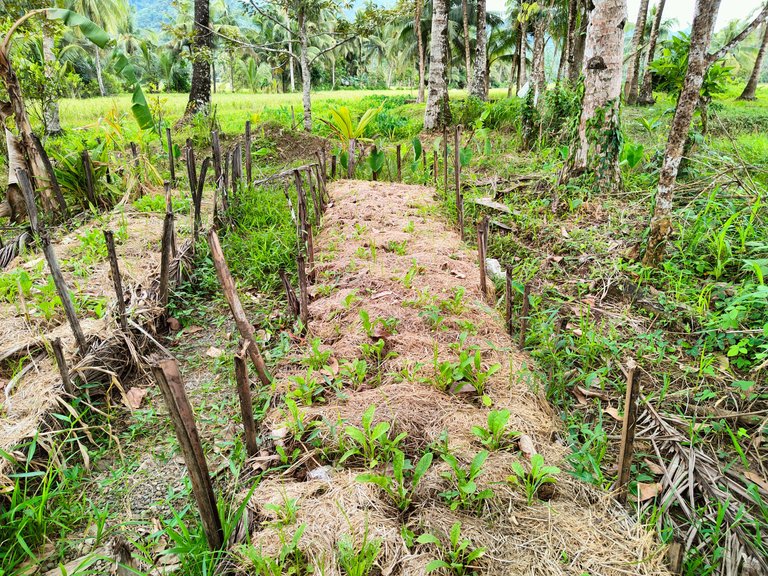
Life can only be understood backwards; but it must be lived forwards. — Søren Kierkegaard
The greatest failure of a gardener is starting with gardening, but that is when winning begins. It is never easy, but anyone should not make it complicated.
Gardening is a trial and error process, while there are common best practices, but there is no hope in listening to every advice (or criticisms) people tell you on what should work in your garden.
Even wines taste different based on location and season, this is similar to other plants as well. Some grows best on one region, on some places it just fail—unless you're a mad scientist and have a lifetime to devote on finding ways to migrate a plant.
The best tool for any gardener is documentation, write down notes about everything. Write about the weather, the soil conditions, the seeds, the planting time, types of pests, etc.
The next step is learn from it, find what works and and what isn't, then move on—but it isn't bad to experiment, that is where you can discover new things!
Hard as Rock Situation
The orchard where I do gardening is not the best place to plant. It is located along the the exit point for the annual flooding and the soil is hard as rock during the hot season.
What has been working there was it can sustain fruit trees, the river gives year-round water supply and the trees prevent erosion.
Hectares of land has been long converted into rice fields and even a portion of the nearby mountains are established coconut plantains, no longer a rainforest. Catastrophes shouldn't be a surprise when food has been a top priority over the environment.
Yet, again, we humans, consumes a lot. I could not even blame the farmers, even we own another orchard and a separate farm by the foot of mountain—everything just boils down to having food to feed the family and earning.

Sometimes, I have a hunch that even of I preach about sustainability, is that my ancestors has been contributing to the degredation of the natural landscape—but maybe no, we're not exhausting tonnes of CO2.
The Food Forest
The fruits that I'm harvesting aren't mine, those are of my parents' decades wprth of labor. I'm a new kid in town, but I'm also here to support then and continue their legacy.
I remember when I was younger, we had free stuff. We had a variety of tropical fruits in each season, some available year-round. I was ignorant about the abundance until early on my adulthood, it was when I had the power to buy when I noticed food is expensive and is not free.
Starting last year, I was able to add more fruit trees and even planted more crops and bananas. Although with the successive super storms and intense flooding, my effort paid off.
I was able to contribute healthier options to our dinign table and to the community, while also neutralizing the ill-effects of my existence by llanting more trees, yes human activity degrades the environment—but just a handful of like-minded people can't save the Earth, so go support for leaders that also supports nature.
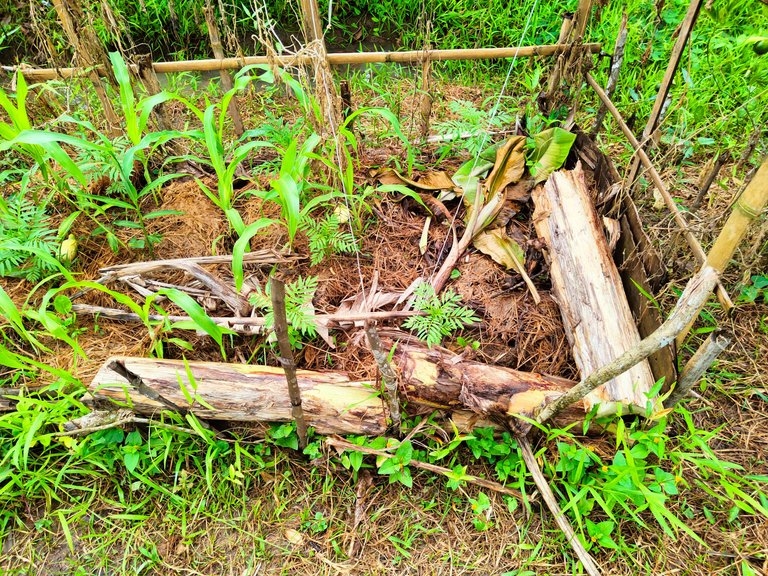
To maximize the use of the readily available materials, I make sure to collect fallen banana stems, coconut leaves, tree leaves, and other organic matter into the raised beds, so that that it can contribute its nutrients back to the crops that I grow.
Planting Low-Maintenance Crops
Sustainability is not about high-yielding, get-rich-quick schemes, we're not doing industrial farming for a reason. There may be losses here and there, since the gains come only after about decade or more.
It's never bad to grow short-term crops, but mostly it is high-maintenance, both woth costs and labor, but if anyone can quantify it's worth, why not.
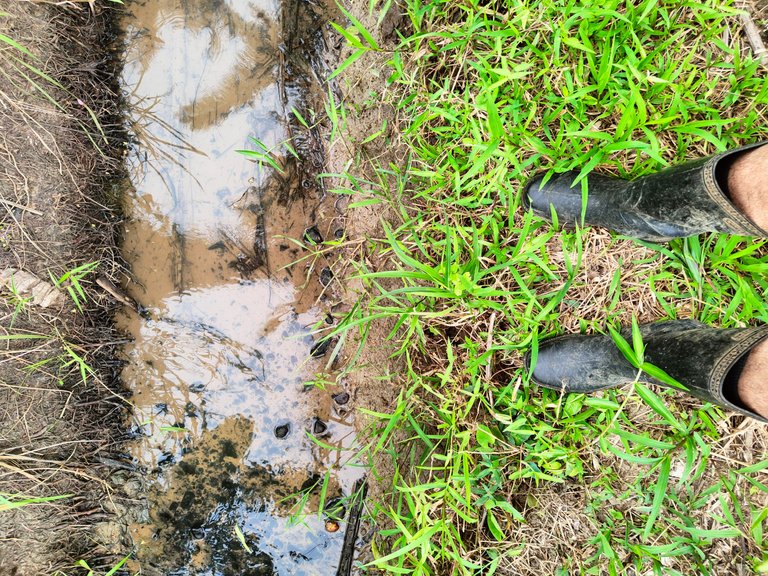
That's why I decided to transition to building a better food forest plus the vegetables that were prolific though lesser in maintenance.
When thinking about food forests, it is bent towards anythig that can grow food, but sometimes it isn't. You are allowed to grow trees for lumber, shade, or support. Flowers are welcome too! Still, it depends on the location and the priority.
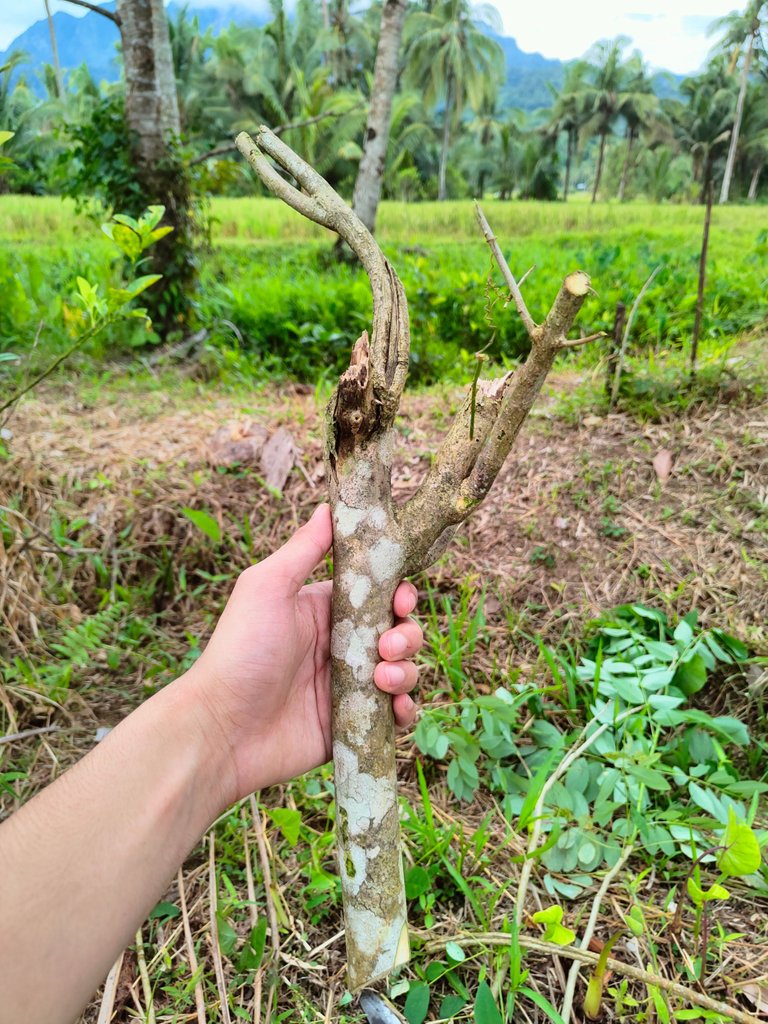
Madre de Cacao, locally known as Kakawate, are one of the popular choice for live posts/fences, it regrows quick from cuttings. It has a lot of other uses, check this Wikipedia page later to read more.
The first thing that I planted were wine grapes, but it seems it isn't growing well in the property, so experimented with more trees and plants.
I planted different types of mangoes to replace the old trees that were fallen down by the super storms. I also planted native guavas, apple guavas, coffee, mulberries, bananas, and dragonfruit.
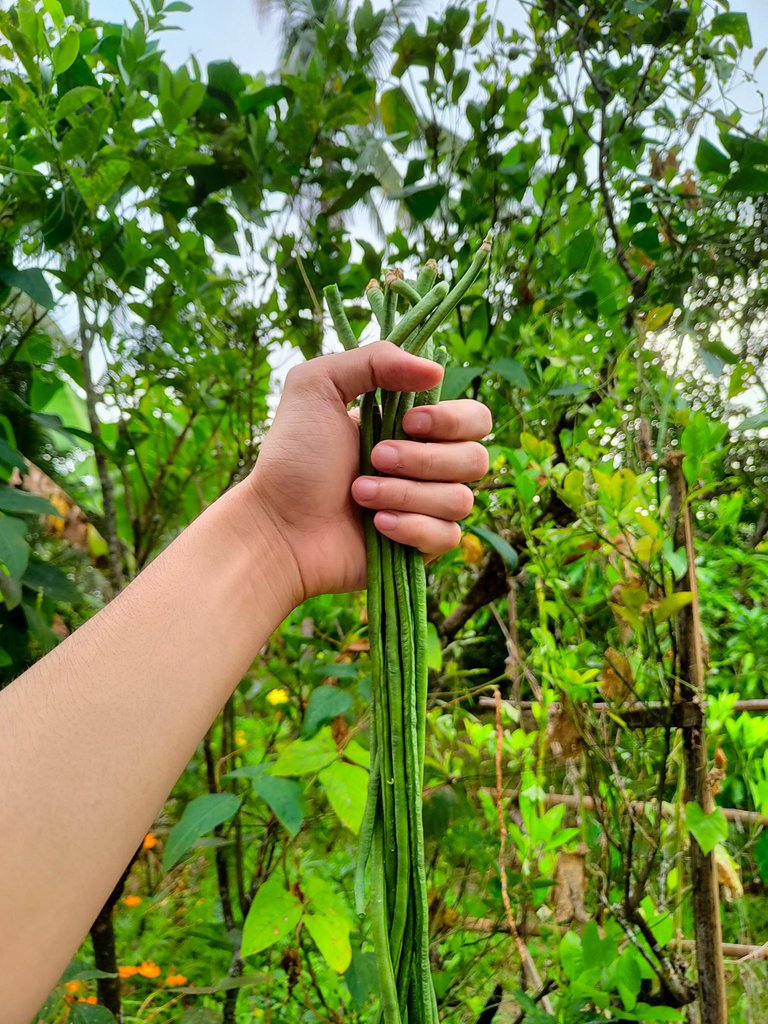
Most of the melons and gourds (except the cucumbers) had a hard time growing, same with the alliums, brassicas, corn, capsicums and tomatoes.
What stood out were the cucumbers and string beans. The turmeric and ginger also did well, same with other beans and legumes.
Some that were doing OK were peppermint, mint, and strawberries. I'm still waiting for one more month to see whether the sweet potatoes will be a success story.
Two Years into Gardening
More than two years has passed since I came back to my hometown amid the pandemic and do gardening again—almost one year since I decided to work on the orchard.
Tako, our farm dog, was just a puppy when I starter, now he's one big dog. He's been a witness for both my failures and successes, but he doesn't judge at all. He just want a happy and carefree life in the countryside.
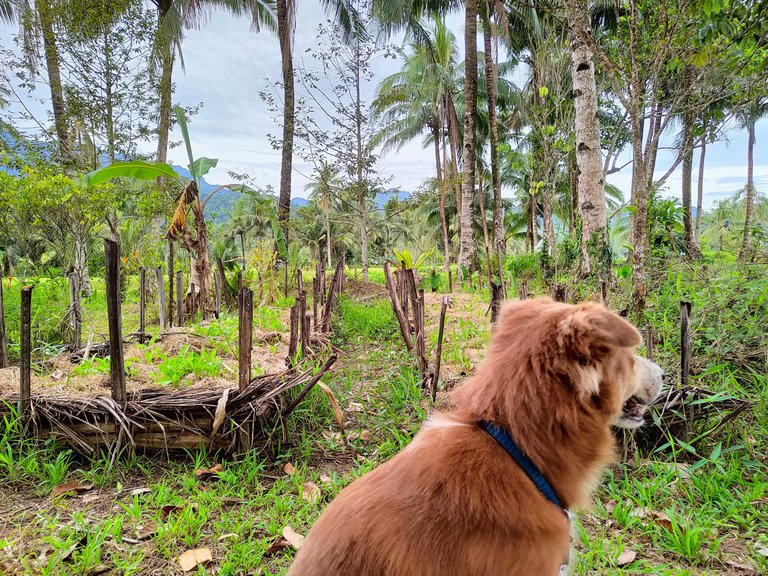
Two years and a lot has happened, I'm excited for the years to come. How about you, what changed over the past two years?
PINNED POST
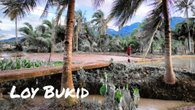 | Clearing the Damage After the Storm Instead of falling into anxiety, it took time to make use of what the storm had given. |
|---|
About Me
@oniemaniego is a software developer, but outside work, he experiments in the kitchen, writes poetry and fiction, paints his heart out, or toils under the hot sun.
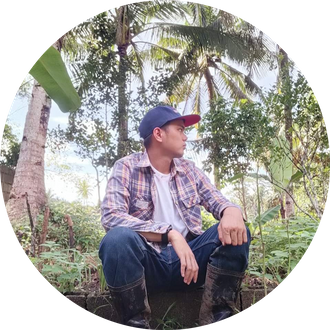 | Onie Maniego / Loy Bukid was born in Leyte, PH. He grew up in a rural area with a close-knit community and a simple lifestyle, he is often visiting his father's orchards during summer and weekends, which has a great impact on his works. |
Not yet on Hive? Earn while blogging.
Sign Up
Congratulations, your post has been added to Pinmapple! 🎉🥳🍍
Did you know you have your own profile map?
And every post has their own map too!
Want to have your post on the map too?
Congratulations @oniemaniego! You have completed the following achievement on the Hive blockchain and have been rewarded with new badge(s):
Your next target is to reach 20000 upvotes.
You can view your badges on your board and compare yourself to others in the Ranking
If you no longer want to receive notifications, reply to this comment with the word
STOPThank you for sharing this amazing post on HIVE!
Your content got selected by our fellow curator @priyanarc & you just received a little thank you via an upvote from our non-profit curation initiative!
You will be featured in one of our recurring curation compilations and on our pinterest boards! Both are aiming to offer you a stage to widen your audience within and outside of the DIY scene of hive.
Join the official DIYHub community on HIVE and show us more of your amazing work and feel free to connect with us and other DIYers via our discord server: https://discord.gg/mY5uCfQ !
If you want to support our goal to motivate other DIY/art/music/homesteading/... creators just delegate to us and earn 100% of your curation rewards!
Stay creative & hive on!